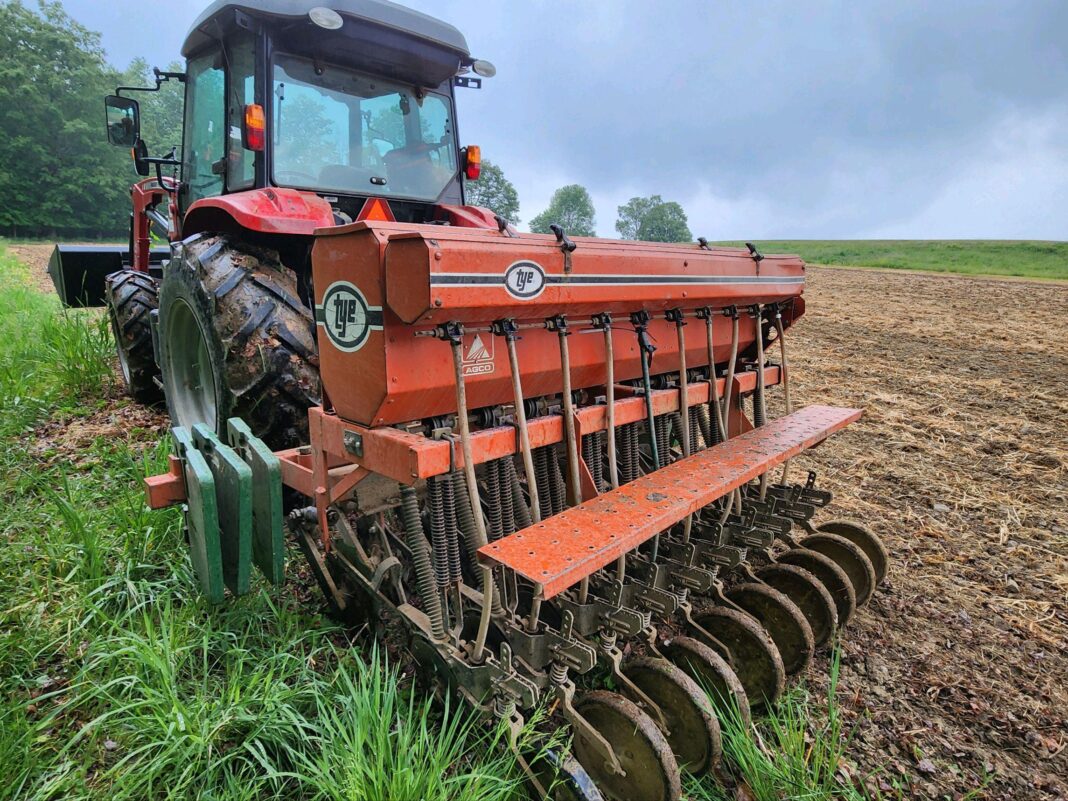Seems like we no sooner wrap up the spring planting and it is already time to start putting in our fall food plots for whitetails, especially when you live north of the Mason-Dixon Line. Fall planting generally begins when the hot dry summer ends and cooler moist conditions return.
For many, planting fall food plots is a guessing game of sorts. You are betting on the heat of summer being over and enough rain to keep the young plants growing. Also, you’ll need a long enough growing season to get a good plot that will last well into hunting season. Cold temperatures and frosts can stop or at least slow down growth so fall planting dates in cold locations are very important.
The growing season for most food plot plants ends around the first frost and that’s the critical date you need to keep in mind when you begin your fall planting. Most food plots need at least 45 days of growth time to create a viable plot. The trick is to note the expected date of your first frost and plant roughly 45 days earlier. The first frost may not kill your plot, but by the time first frost rolls around the days are generally short, the nights are chilly to downright cold and the soil can be cold and wet. Bottom line, most plants shut down under these conditions.
Savvy plotters hit the internet and look up first frost dates for their area. The internet is loaded with sites that will tell you all kinds of information about growing conditions in your area. The National Weather Service keeps all kinds of weather information, predicting when the first frost (and first hard freeze) of the year generally hits among them. The USDA specialized in providing information for those of us who like to grow stuff.
My area of NY typically has its first frost around September 20. Back up 45 days and I bet you can guess what I’ll be doing the first week of August. The 45 day/first frost guideline is just that, a guideline and a bet, but a pretty darn good one, it has paid off for me for us for three decades.
You can also hedge your bet by selecting certain plants. Turnips generally do well in cool conditions, clover likes cool wet feet, and some grains (winter wheat, forage oats and rye) will generally keep growing long after the first frost. A few food plot seed manufacturers (like The Whitetail Institute) provides planting date guidelines on their packaging.



















![The Best Deer Camp Chili [VIDEO] Deer Chili Ingredients, Tomatoes, Chili Spices](/wp-content/uploads/2015/10/Deer-Chili-Deer-Camp-Recipe-218x150.jpg)
![How to Call Elk Early in the Season [VIDEO]](/wp-content/uploads/2016/08/byers003-218x150.jpg)




![Idiots Disturb Hunter: How Would You Have Handled It? [VIDEO]](/wp-content/uploads/2015/10/DSC00110-e1474487693878-100x70.jpg)
![Albino Buck Shocked to Shed His Antlers [VIDEO]](/wp-content/uploads/2015/10/AlbinoDeer-100x70.jpg)